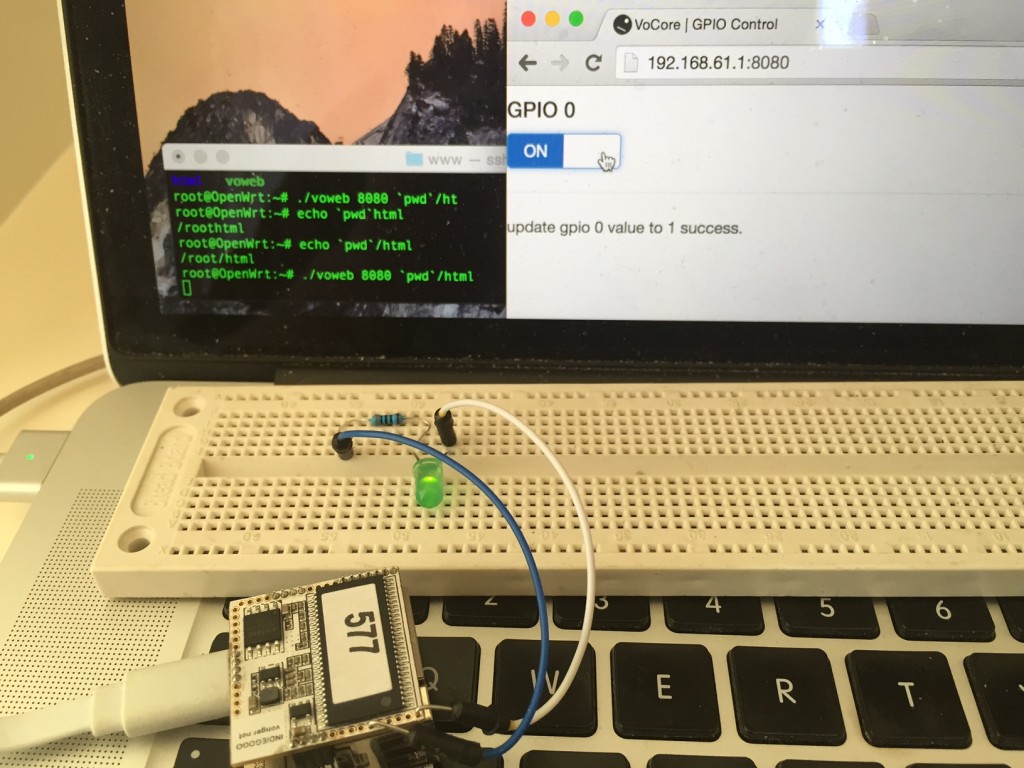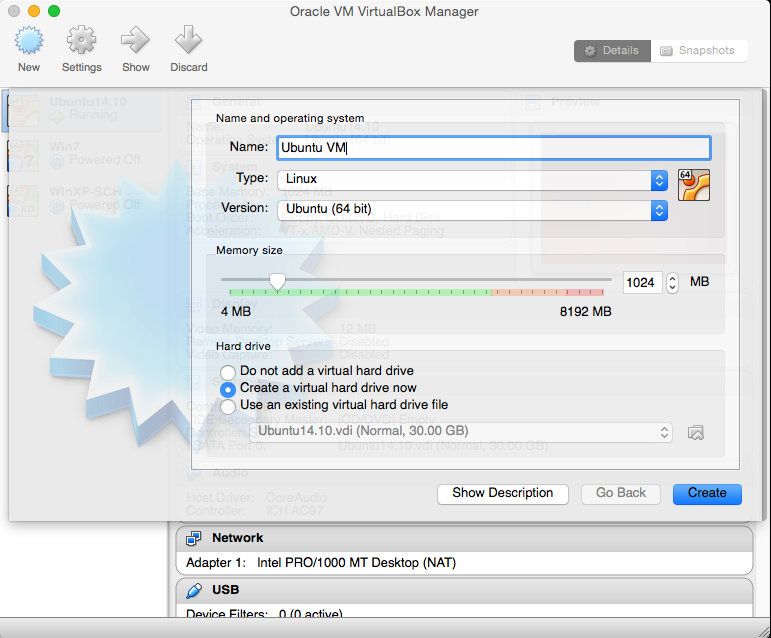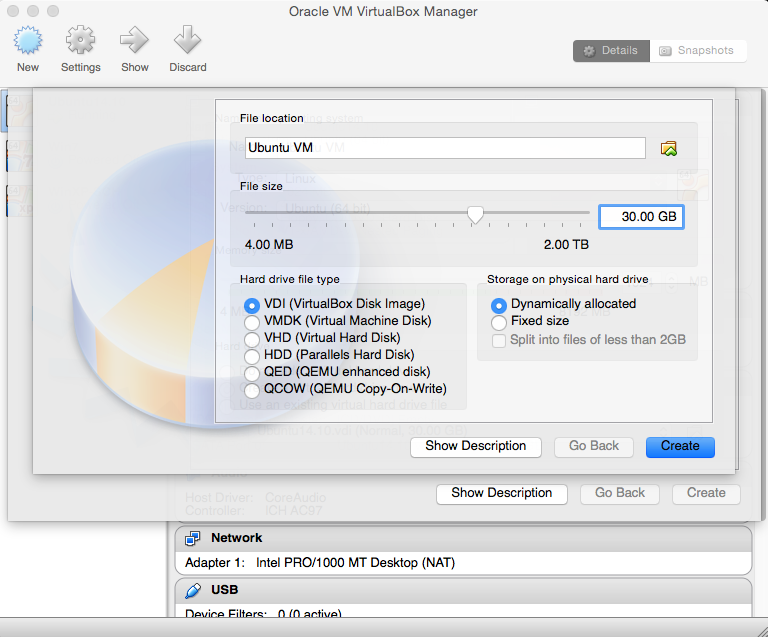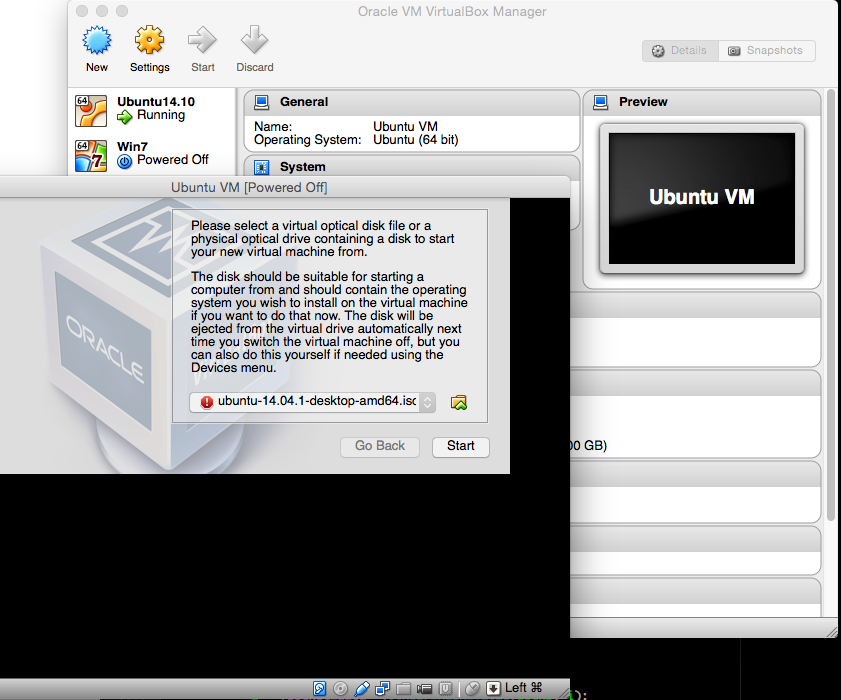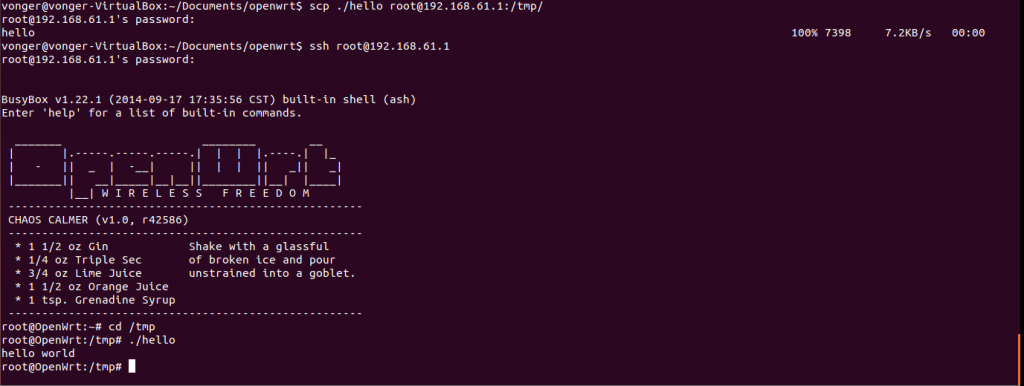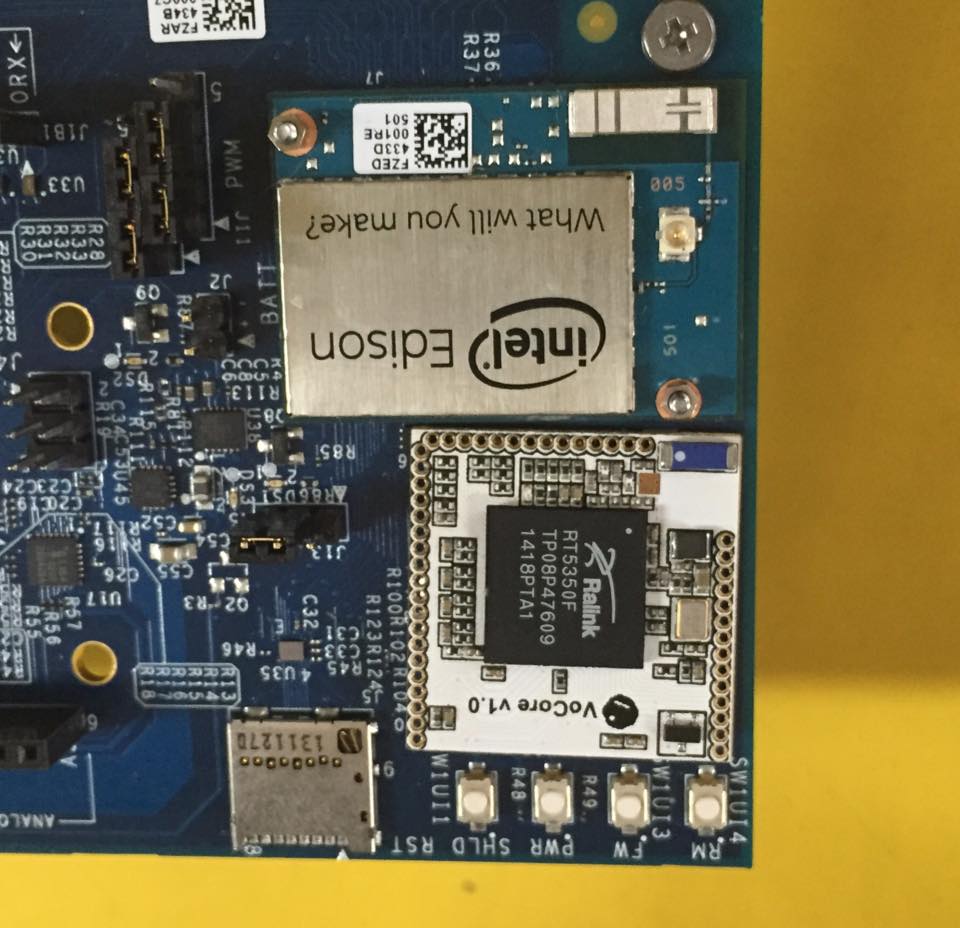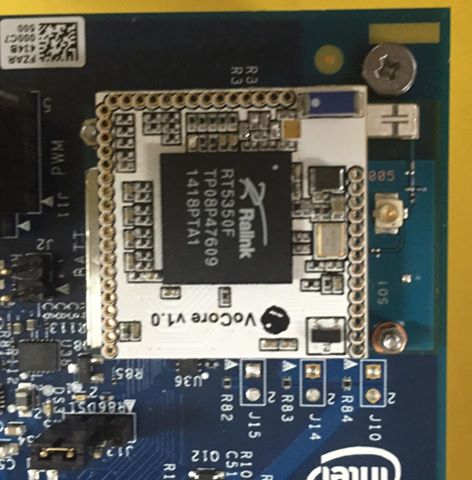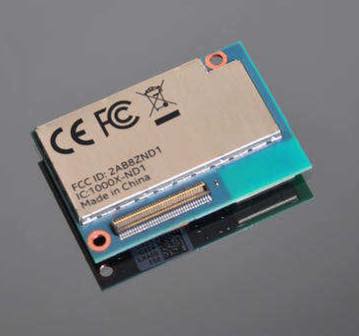There are mainly two type of packages:

1. VoCore, main board version
a) 4x4p female connectors.
b) 4x7p female connectors.
c) USB convert to TTL, driver PL2302.

2. VoCore + Dock
a) 1x4p female connectors.
b) 3x7p female connectors.
c) USB convert to TTL, driver PL2302.
What are those addition female connectors used to do?
They are used to solder on the pin holes to make them stand longer.
1.27mm female connectors are hard to find in some countries, so I add that to the package, but that is not necessary at all. From current report, the female connectors did not help much, just lead a few people broken down VoCore when they trying to solder the connectors. I am thinking to remove it in further package.
For beginner, a break out board is necessary, so people will not afraid of broken their little VoCore. 🙂 I am on that now.
PS: I thought the buyers of VoCore should have enough skill to solder that, but I am totally wrong. That’s my bad. 🙂
What is that USB2TTL used to do?
That USB2TTL is very important. It helps you repair the bricked VoCore by uboot or connect to VoCore when your wifi or ethernet do not work.
When I write driver for VoCore, I always make stupid mistake, such as system can not reboot or too heavy CPU load, make the wifi can not work normal. For such situation, USB2TTL is the only way to connect to VoCore(maybe JTAG is fine too, but I did not try).
Next version I will consider to add USB2TTL chip to dock, but the space on dock is so limited, that QFN chip + slot parts is not easy to assemble.
This move must be very careful 🙂
How to detach the VoCore and the Dock?
That is not easy, due to there are almost 20 pins tightly connected together and the pin are long, 14mm, easy to bend.
There is no glue between the VoCore main board and the dock, the white one is just silicone grease make the CPU well touch the ethernet port which is used to be a heat sink.
Detach the VoCore + Dock, two keywords are “vertical” and “slow”, the pin into the female connector about 1.4mm, if you do not do it vertical, the pin might bend.

